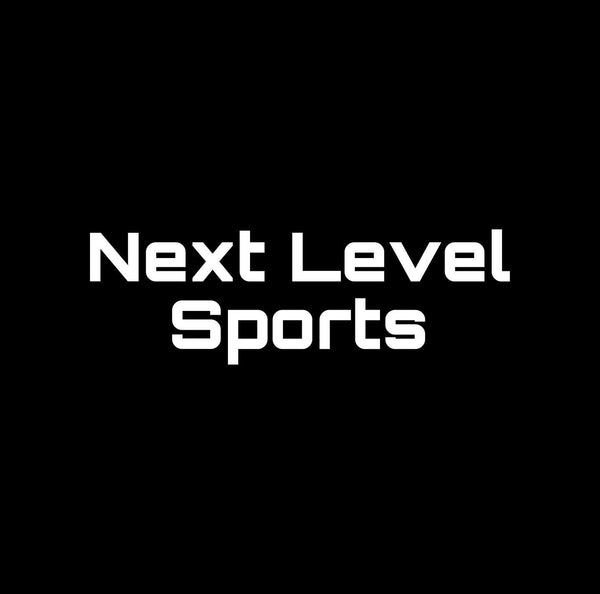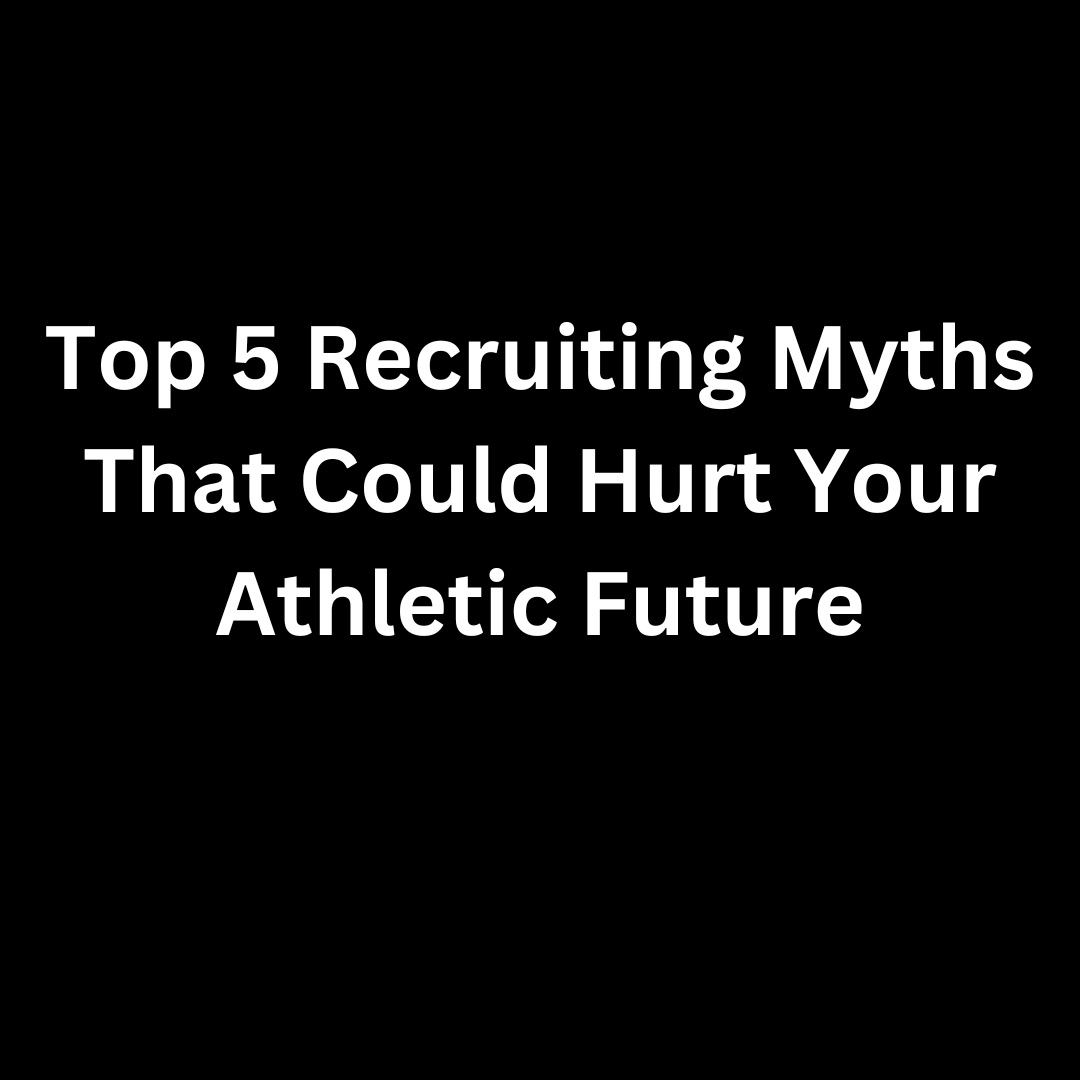The sports recruiting process is one of the most important and exciting phases in a young athlete’s journey. However, navigating the world of college sports recruitment can also be confusing and overwhelming. With so much information—and misinformation—out there, it’s easy to fall for common myths that could hinder your recruitment and athletic future.
In this article, we’ll debunk five of the most prevalent recruiting myths, helping athletes and their families avoid costly mistakes and approach recruitment with a realistic, well-informed perspective.
If I’m Good Enough, College Coaches Will Find Me
One of the most common misconceptions among athletes is the belief that talent alone will guarantee attention from college coaches. While athletic ability is critical, recruitment isn’t solely about being the best player on your high school team. College coaches often have thousands of athletes to evaluate, and many talented athletes go unnoticed simply because they didn’t make the effort to get on coaches’ radar.
Reality: You Must Actively Market Yourself
Athletes need to take the initiative to be noticed. This means creating a professional recruiting profile, compiling highlight reels, reaching out to college coaches, and attending recruiting events such as showcases, combines, and camps. Don’t rely on your high school coach or local reputation to do all the work—college recruitment is a proactive process, and athletes need to advocate for themselves.
All Athletic Scholarships Are Full-Ride Scholarships
Many athletes and their families believe that if you receive an athletic scholarship, it’s a full-ride that covers all expenses. However, the reality is that full-ride scholarships are rare, even in major sports like football and basketball. This myth often leads to disappointment when athletes realize they’re offered partial scholarships or other financial aid packages that don’t cover all costs.
Reality: Most Scholarships Are Partial
In many sports, especially at the NCAA Division II, NAIA, and NJCAA levels, scholarships are often divided among multiple athletes. This means that instead of offering full-ride scholarships to a few athletes, coaches may offer partial scholarships to a larger number of athletes to build a competitive roster. To make up for the remaining costs, athletes may need to rely on academic scholarships, need-based financial aid, or other sources of funding.
D1 Is the Only Path to a Successful College Career
The dream of playing for an NCAA Division I school is common, but the notion that D1 is the only path to success is misguided. Many athletes are so fixated on D1 programs that they overlook incredible opportunities at other levels, missing out on schools that could be a better fit academically, athletically, and financially.
Reality: Success Can Be Found at Every Level
There are successful athletic programs at all levels of college sports, including NCAA Division II and III, NAIA, and junior colleges (JUCO). Athletes at these levels often receive significant playing time, development, and exposure. Some even transfer to D1 programs later or go on to play professionally. More importantly, these schools may offer a better balance between athletics and academics, allowing athletes to thrive in both areas.
College Coaches Aren’t Interested in My Academics
Many athletes believe that if they’re athletically talented, college coaches will overlook poor academic performance. This couldn’t be further from the truth. Academic performance is a critical factor in recruitment, as coaches want to ensure that athletes will be eligible to play and able to handle the demands of college life.
Reality: Academics Matter as Much as Athletics
Coaches need to recruit athletes who can meet the academic requirements set by the NCAA or other governing bodies, and they want players who will stay eligible throughout their college careers. In fact, strong academic performance can enhance your recruiting profile, as it shows you can balance academics and athletics. A high GPA and solid test scores can also increase your chances of receiving academic scholarships, which can be combined with athletic aid.
My High School Coach Will Handle the Recruiting Process for Me
Some athletes believe that their high school or club coach will take care of the recruiting process, from reaching out to college programs to setting up scholarship opportunities. While coaches can provide guidance and support, it’s a mistake to assume they will—or should—do everything for you.
Reality: You Are in Control of Your Recruitment
While your high school or club coach can be a valuable advocate, the responsibility for managing your recruiting journey ultimately falls on you and your family. It’s essential to be actively involved in reaching out to college coaches, visiting campuses, attending camps, and keeping your recruiting profile up to date. Don’t leave it all in the hands of others—take ownership of your recruitment and stay engaged throughout the process.
The recruiting process is full of opportunities, but also potential pitfalls if you fall for these common myths. By understanding the realities of sports recruitment and taking proactive steps, you can maximize your chances of finding the right college program and securing an athletic scholarship.
Remember, talent is important, but it’s not the only factor. Academics, self-marketing, communication with coaches, and finding the right fit are all critical components to a successful recruitment journey. Avoid these myths, stay informed, and take control of your athletic future.

